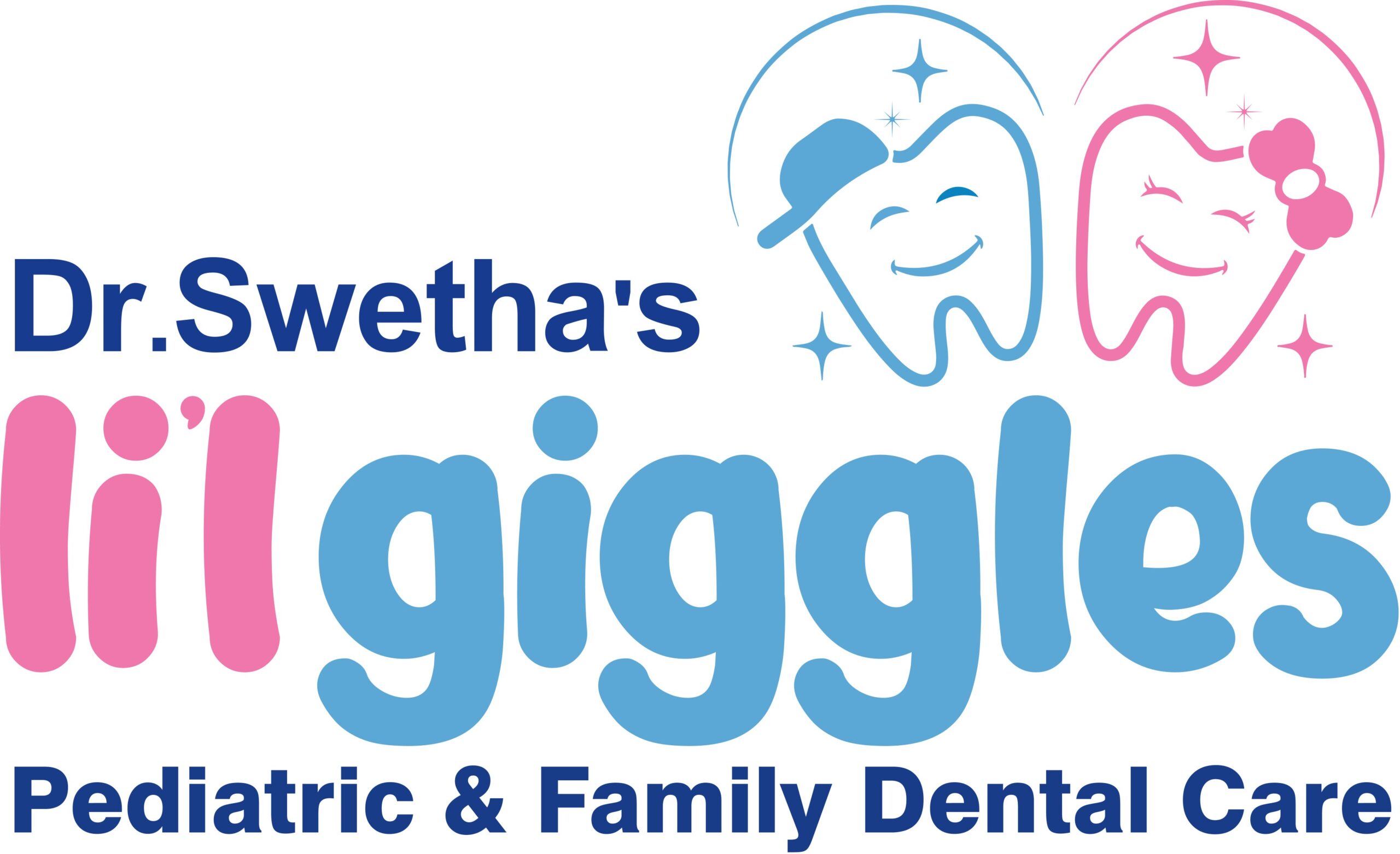Leukoplakia is a mouth condition that can worry many. It involves white patches inside the mouth or on the tongue. Learning about it is crucial for prevention and early treatment. Early detection is key because it significantly reduces complications. Knowing what leukoplakia symptoms to look for can lead to better outcomes. Let’s explore what exactly this condition is and its potential causes to empower our oral health knowledge.
What Is Leukoplakia?
Leukoplakia is a condition characterized by white patches or spots inside the mouth that cannot be wiped off. These patches are usually painless and may appear on the insides of the cheeks, gums, and sometimes on the tongue. There are two main types of this condition: common and hairy leukoplakia. The common type refers to the regular white patches, while hairy leukoplakia is marked by fuzzy, white patches, typically seen in those with weakened immune systems. Understanding these differences helps to prepare individuals for conversations with their healthcare providers regarding any distinctive changes in their oral health.
Types of Leukoplakia
Leukoplakia can present itself in various forms. The first is homogenous leukoplakia, which displays as uniform, white patches.
- Non-homogenous leukoplakia has mixed textures and may be more dangerous.
- Hairy leukoplakia is linked with the Epstein-Barr virus and presents a specific fuzzy appearance.
- Genital leukoplakia is rare but can occur, typically in the genital area.
Being aware of these different presentations helps in understanding the nature of this condition and appropriately responding to its signs.
Causes of Leukoplakia
Leukoplakia often develops due to chronic irritation in the mouth. This irritation can stem from several factors, including poor-fitting dentures, rugged teeth edges, or consistent cheek biting. Smoking and alcohol use are major contributors, aggravating the situation.
In the case of hairy leukoplakia, the Epstein-Barr virus plays a crucial role, especially when the immune system is compromised. Additional influencers include genetic factors, although they play a minor role compared to lifestyle habits.
- Smoking: Raises the risk due to regular exposure to irritants.
- Alcohol: Further irritates the mouth’s lining.
- Viruses like Epstein-Barr: Significant for individuals with weak immune systems.
Being informed about these causes helps in reducing risk factors effectively.
Recognizing Symptoms and Warning Signs
Recognizing leukoplakia symptoms can lead to early diagnosis and treatment. Common symptoms include white patches in the mouth that have a tough texture. They might feel different from the rest of the mouth lining. While these patches are generally painless, any unusual feelings around them should be noted. Leukoplakia symptoms are often found inside the cheeks, on the tongue, or gums. If these patches seem different in color, feel thicker, or have a red border, they could indicate a more serious issue. Prompt attention to these signs is necessary to manage health effectively.
Leukoplakia: Who Is Most at Risk?
Certain groups are more prone to developing leukoplakia. Smokers and those who consume large amounts of alcohol are at heightened risk due to the irritants they are exposed to regularly. Poor dental hygiene can also contribute to risk, making regular dental visits crucial.
Beyond lifestyle choices, individuals with weakened immune systems, such as those suffering from HIV/AIDS or undergoing chemotherapy, are more susceptible, particularly to hairy leukoplakia. Being aware of these at-risk groups can inspire proactive personal health management and regular oral health checks.
The Dangers and Complications of Untreated Leukoplakia
Without proper attention, leukoplakia can pose certain dangers. Although many *leukoplakia cases are benign, some can lead to cancer if ignored. The progression from harmless to harmful highlights the importance of routine checks and monitoring.
The possibility of certain leukoplakia symptoms turning malignant underlines the need to take even the most innocuous spots or patches seriously. Regular dental check-ups and possibly getting a biopsy when a suspicious patch is found are essential steps to take. Avoiding these can lead to complications that are significantly harder to handle.
Diagnosing Leukoplakia: When to Consult a Dentist
Diagnosing leukoplakia involves physical examination and talking to a dentist when any concerning patches are seen in the mouth. The dentist might take a biopsy, a small tissue sample, to determine if there’s anything more serious going on. There’s no replacement for trained medical opinions. Early consultation ensures that you receive proper guidance and intervention, reducing the risk of future complications due to untreated leukoplakia symptoms.
Preventing Leukoplakia Through Healthy Habits
Preventing leukoplakia is possible by adopting healthy daily habits. One of the simplest methods is avoiding smoking and cutting down on alcohol consumption. These changes drastically decrease the chances of chronic irritation. Good oral hygiene, such as brushing and flossing, along with regular dental check-ups, ensures that any potential issues are identified early. Leukoplakia symptoms tied to dental problems can thus be promptly managed. Keeping your immune system strong through good diet and health routines also assists in warding off conditions like hairy leukoplakia that thrive when immunity is compromised.
Conclusion: Empowering Oral Health Awareness
Understanding leukoplakia and its warning signs empowers us to take control of our oral health. Adopting preventive measures and addressing issues early plays a significant role in maintaining our well-being. Simple lifestyle changes, like regular dental visits and maintaining good habits, are invaluable. Staying informed and vigilant about leukoplakia symptoms ensures that one remains a step ahead in managing oral health effectively.
Prioritize your oral health—Book a check-up at Swetha Lil Giggles today!

